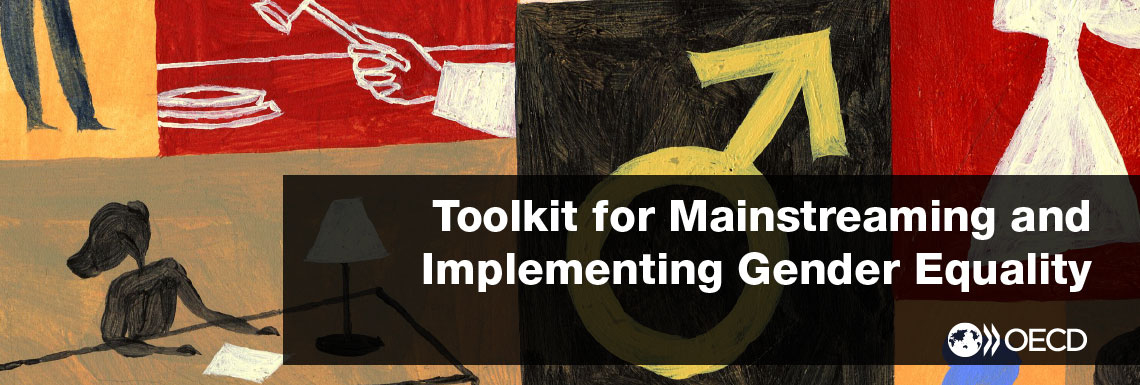Proactive measures are in place to equally attract and support women and men talents to opt for a judicial career
SELF-ASSESSMENT QUESTION
- Have you identified barriers and opportunities to ensure a diverse pool of applicants for judicial office?
- What measures are put in place to widen gender balance within the pool of applicants for judicial office?
WHY IS IT IMPORTANT?
Attracting and recruiting the best mix of talent in the judicial workforce can improve the independence, impartiality and integrity of the judiciary. If the composition of the judiciary, including at the top, reflects the composition of society – and not only segments of it – it may be perceived as legitimate and more capable of both delivering equal justice for all and upholding equality before the law (International Commission of Jurists, 2013). Differences in aspirations or choices of career path between female and male legal students can contribute to wider gender gaps throughout the judicial career. Differences in career choices might, however, be driven not only by gender differences in preferences but also by the perceptions and misperceptions around holding judicial office.
ACTIONS TO CONSIDER
- Build a pipeline for future judicial candidates through active outreach activities to law students and bar associations; especially targeting women from diverse backgrounds. Ensure long-term relations with such associations to widen the pipeline;
- Disseminate job postings widely and ensure a gender-responsive language of job descriptions; solicit applications from under-represented groups, especially among women.
- Consider workshops to support women candidates to prepare for judicial selection process, and identify female judicial role models to inspire women from diverse backgrounds to apply for judicial office;
- Provide opportunities for applications for judicial office to observe the work of judges (e.g., judicial work shadowing schemes) to familiarize candidates with the judicial roles;
- Build and communicate gender balanced image of the judiciary, and work to eradicate negative conceptions and myths around judicial work (e.g., lack of flexible working, isolation, etc).
PITFALLS TO AVOID
- Limit job advertising to ''usual'' stakeholders;
- Insufficient underlying that judiciary aims to provide equal opportunities.
COUNTRY EXAMPLES
United Kingdom
The Judicial work shadowing scheme encourages and supports women (and other targeted groups such as lawyers from low socio-economic backgrounds) intending to apply for their first judicial appointment or those who wish to progress to higher office. It allows those who have entered the scheme to:
- observe the daily work of a judge and establish what skills and experiences are needed to support their application to judicial office
- “share issues inhibiting their application to judicial office (e.g. concerns of work/life balance, self-confidence, self-perception) and receive confidential advice, support and guidance from a mentor judge
- learn from someone with greater understanding of the judiciary
- identify areas where further development and experience is required and consider how these may be acquired
- decide whether or not taking up judicial office is an option they want to pursue”
France
The preparatory class structure for the first competition for access to the National School of the Judiciary (École Nationale de la Magistrature) aims to strengthen equal opportunities and diversity for judicial auditors by preparing women and men candidates from disadvantaged communities.
Moreover, during the work carried out in 2017 by the Sub-Directorate of Human Resources of the Registries on professional equality between women and men in the public service, the language of 45 standard employment forms were made gender-sensitive. This new framework will be available in the jurisdictions from 2018 onwards.

